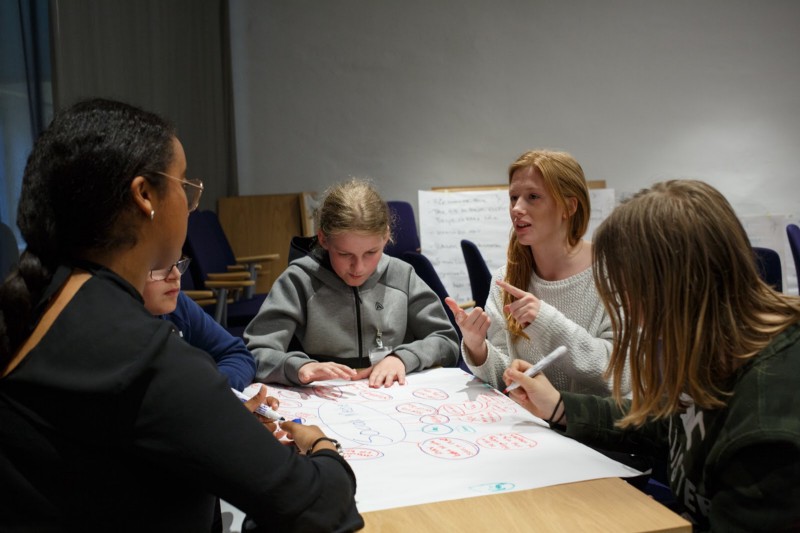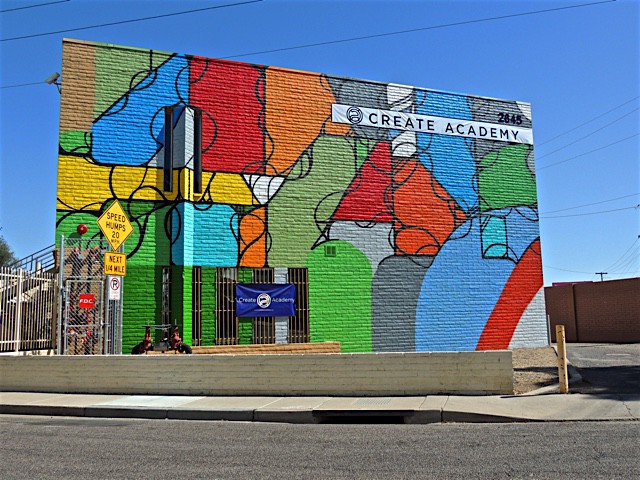This is part 1 of a multi-part series we’re writing on agile learning. For more on this topic, you can also check out part 2: The Agile LMS for Education - Part 2.
Education has been primarily school-centered over the last 100 years, with teacher-centered instruction serving as the dominant mode of learning in most public schools. A century ago, schools were organized to manage the masses — fixed courses, standardized curriculums, set texts and direct instruction were all implemented with good intentions for large-scale operations. While this may have served us well from a management angle, this has not served us particularly well from a learning angle. To put it simply, the traditional, school centered set-up wasn’t built based on understandings of how students actually learn best.
From the predetermined mind to an agile mindset
In the traditional system, most everything we learn in school is predetermined, to the point where one can quite accurately assume what saturates the predetermined mind; Studies of Shakespeare in English, Geometry in Math, World War II in History, etc. etc. With a predetermined schedule and predetermined texts, students rarely have room to pursue their passions or cultivate their curiosity, despite research which proves these to be essential elements of a well-learned mind. With so much predetermined, teachers also find themselves under pressure to “cover it all” without any acknowledgement of whether or not the learner is absorbing what is being covered, as recognized by Cult of Pedagogy. With the average student spending an estimated 14,000 hours of their life in the K-12 system, it is pretty important we examine how students are spending their time, and whether that time best serves their learning. In The Infinite Game, Simon Sinek says, “What good is it having a belly if there’s no fire in it? Wake up, drink your passion, light a match and get to work.” As a next generation learning framework, agile learning shows much potential and is linked to higher student engagement and deeper learning. Most project-based, competency based environments support self-directed learning and incorporate agile methods into their design, whether intentional or not.

What is agile?
In general, agile learning refers to the application of iterative design, or the cyclic process of drafting, analyzing and refining, to learning processes. Likewise, students are encouraged to learn while evolving a project, with emphasis on learning by doing rather than learning through theory alone. An agile mindset, ultimately, allows students to learn from and respond to reality over theory, and makes all learning relevant and applicable — the opposite of what a predetermined mindset allows. By focusing on a process rather than a predetermined plan, agile enables the learner’s path to be adapted, paving the way to a more ideal destination than possible with a predetermined plan. Embracing agile values and applying them to school-centric environments is not easy as it does not follow a linear path or an applicable organizational structure for all. Despite these challenges, it is clear students today benefit from learning through the development of a project, as the continuous planning, problem-solving, integration and application require critical thinking and an adaptive mentality, all of which best serve learners. Essentially, acquiring mastery level proficiency in any skill or competency requires an iterative process through self-direction. So, how do we apply agile learning in schools today?

Keep the rules to a minimum
Learning as a general cycle is easy and requires zero over-thinking. Here is a simple way to incorporate agile learning in five steps:
- Learners plan some stuff
- Learners do some stuff
- Learners capture what was done
- Learners reflect on it
- Learners adapt and flex with each iteration
Most importantly, learners can and should revisit their work — often. As the award winning director Pete Docter notoriously said, Pixar films “don’t get finished, they just get released.” Students should embrace their projects, and even assessments, as works in motion, that will be released as a snapshot of their progress in time. In accepting that problems are complex and continue to evolve overtime, so should our skills and solutions needed to tackle those problems. By keeping the rules to a minimum and valuing adaptability in the learning process, we can develop agile minds. So plan, do, capture, reflect, adapt, flex and revisit — Wash, repeat and hopefully learn something from it!
No one solution is an end-point, but the agile mindset allows us to embrace learning as a journey rather than a destination. Simon Sinkek also says, “People are afraid of big changes, but usually embrace little changes. The best thing about little changes is they add up to one big one.” If we change our school compositions and set up agile environments, even by making small steps, we can ultimately change the education system for the better. At the end of the day, let’s at least agree to start optimizing for learning instead of management.

